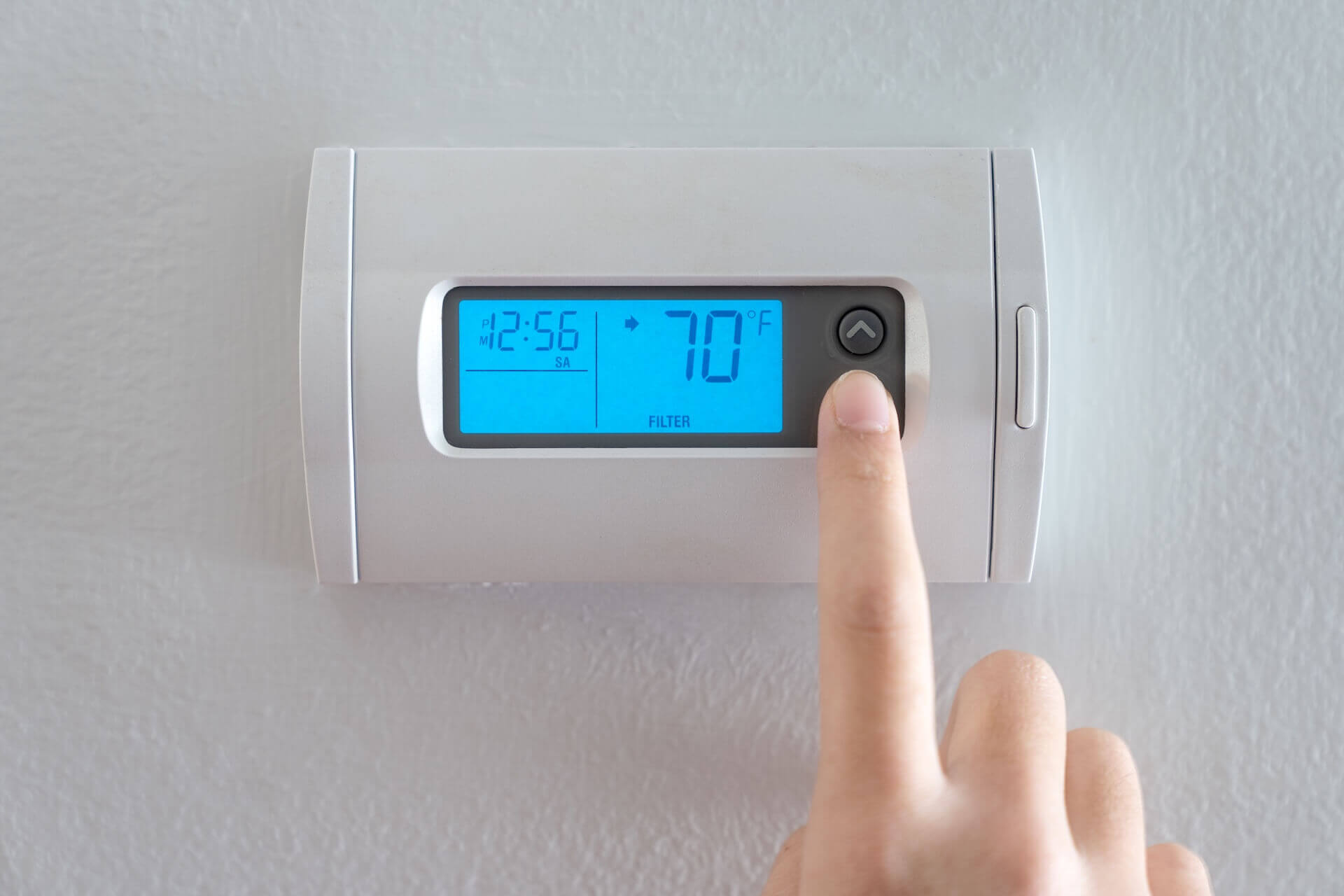Why AC Temperature Settings Matter in Florida
Florida’s heat and humidity can push your air conditioning system to its limits, making the right temperature setting essential for both comfort and efficiency. When your thermostat is set too low, your system runs longer and uses more energy, driving up utility bills and causing unnecessary wear. Set it too high, and your home may feel sticky and uncomfortable—plus, high indoor humidity can lead to mold and poor air quality. Finding that sweet spot helps you stay cool, save money, and maintain a healthy indoor environment all year long.
What Is a Good Temperature for Air Conditioning in Florida?
Finding the right AC temperature in Florida comes down to balancing comfort with energy savings. For most households, setting your thermostat between 74°F and 78°F while you’re home offers a comfortable environment without driving up your utility bill. Many people ask, “Is 72 a good temperature for air conditioning?”—and while it may feel cool, it can lead to higher energy costs, especially during Florida’s long, hot summers. When you’re away from home, raising the temperature by 7–10 degrees is recommended to reduce strain on your system. These small adjustments can help lower your overall energy use while still keeping your Florida home air conditioning system running efficiently.
Recommended Thermostat Settings by Season
Florida weather shifts more subtly than in other parts of the country, but your thermostat settings should still change with the seasons. Making small adjustments can improve comfort, lower energy bills, and keep your system running efficiently all year.
Summer Settings
So, what is a reasonable temperature for a house in summer? In Florida, 78°F is a common recommendation for balancing comfort and efficiency when you’re home. The average thermostat setting in summer homes usually falls between 74°F and 78°F. To save money, raise the temperature by 7–10 degrees when you’re away or sleeping. If you’re wondering what temperature you should keep your house to save money, the answer is: the higher you can set it while still feeling comfortable, the better.
Winter Settings
Winters in Florida are mild, but your HVAC system still plays a role in comfort and air quality. Most homes don’t need heavy heating, but if you’re using your system, 68°F is a good setting while you’re home and a few degrees lower when you’re away or sleeping. Some homes may only need mild cooling or fan settings during the day, especially in coastal areas. Adjusting your thermostat even slightly in winter can help control indoor humidity and prevent system overuse.
AC Temperature Tips to Prevent Mold in Florida
Florida’s high humidity creates the perfect environment for mold growth, especially in homes where AC systems aren’t running efficiently. When indoor air stays too warm and humid, moisture can build up on surfaces, leading to mold and mildew—particularly in poorly ventilated areas. To help prevent this, it’s important to maintain a consistent indoor temperature of around 74°F to 78°F and keep humidity levels below 60%. This is generally considered the best AC temperature to prevent mold in Florida homes. Your air conditioning system plays a major role in controlling moisture by pulling humidity from the air as it cools, so regular maintenance and proper thermostat settings are key to protecting your indoor air quality year-round.
What Happens If I Set My AC Temperature Higher Than Outside?
It might seem logical to think your AC won’t need to run if it’s cooler outside than your indoor setting, but that’s not always how your system works. Air conditioners respond to indoor temperatures—not outdoor ones—so if your home retains heat or humidity, your system will still kick on to reach the set temperature. Florida homes, especially those built to keep heat out, can trap warm, humid air even when it feels mild outside. This means your AC may still run even if it’s technically cooler outdoors. Setting your AC temperature higher than the outdoor temperature won’t necessarily save energy, but keeping your thermostat steady and using fans or ventilation can help lighten the load.
Additional Tips for Florida Home AC Efficiency
Optimizing your Florida home’s air conditioning goes beyond setting the right temperature. Simple steps like using ceiling fans, keeping blinds closed during peak sun hours, and sealing leaks around doors and windows can help maintain a cooler home. Smart thermostats are also a great upgrade—they learn your habits and adjust settings automatically to save energy.
One of the most effective ways to keep your system efficient is routine maintenance. Gulf Coast Air Conditioning’s maintenance plans include biannual checkups, priority service, and discounts on repairs. From AC coil cleaning to drain line checks, their team ensures your system stays in top shape and runs efficiently year-round.
Ready to improve comfort and lower energy bills? Request a quote today and let Gulf Coast Air Conditioning help you take control of your home’s AC efficiency.

